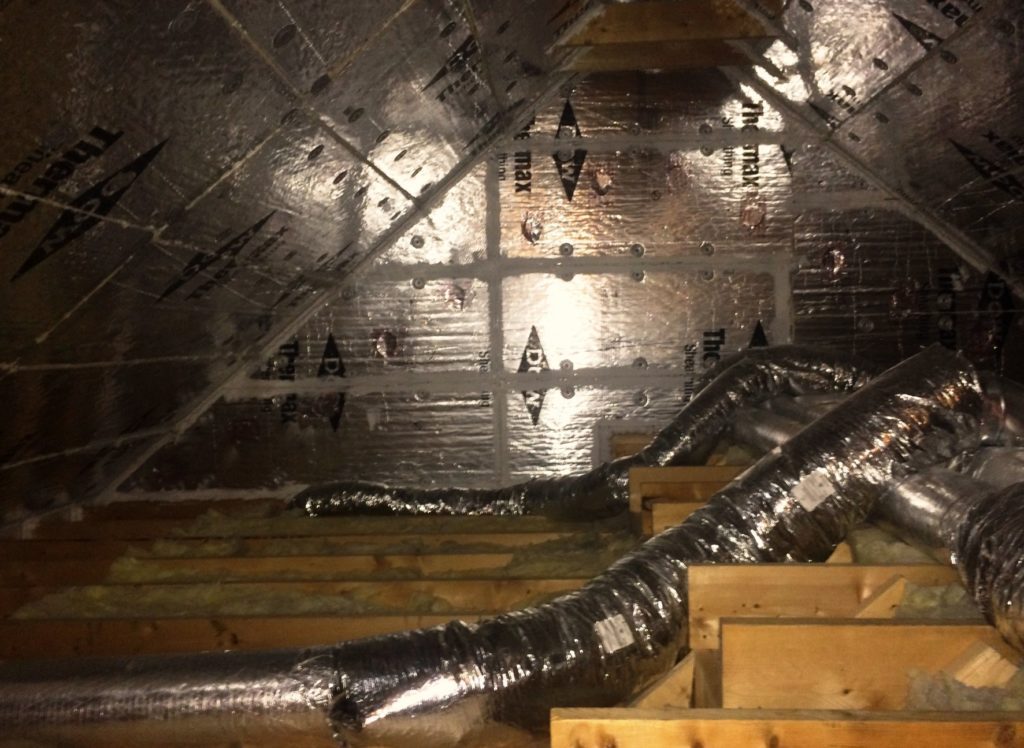Blow Hot Air Out Of Attic

In the late evening or early morning the fan is turned on to exhaust hot air from the house.
Blow hot air out of attic. Some can have manual switches while others use a thermostat to turn them on and off automatically. They have thermostats that turn the fan on at a recommended preset temperature of 100 110 degrees. Of clearance above the fan. This prevents hot air from seeping into your home and driving up the temperature in the living space which reduces the load on your air conditioner.
The main work of an attic fan is to regulate the heat level of the attic by removing hot air out of the attic and pushing it outside providing needed ventilation. Suck cool air conditioned air into the attic and of course it won t be so hot. Once inside the air heats up and rises higher ultimately exiting through. These fans are commonly mounted in an upstairs stairwell or hallway ceiling where there s at least 3 ft.
Most homes already have some passive attic venting built in. Cool air in hot air out attic ventilation works on the principle that heated air naturally rises primarily utilizing two types of vents. This sends hot air up and out cooling your house and your attic. Cool air enters the attic through soffit vents in the eaves.
Open your windows before you turn on the fan. Alternatively install passive vents such as gable soffit and ridge vents which are openings in the roof that allow hot air to escape. Attic ventilation fans help cool air your attic by pushing out the stifling hot air from inside the attic and bringing in cool air from outside. Install electric ventilators and attic fans which remove hot air from an attic.
A powerful fan draws cooler early morning and evening air through open doors and windows and forces it up through the attic and out the roof vents. Attic fans come with different models. Cooler outdoor air enters through open windows lowering the indoor temperature. It ll also help reduce up down imbalance by counteracting reverse stack.














































